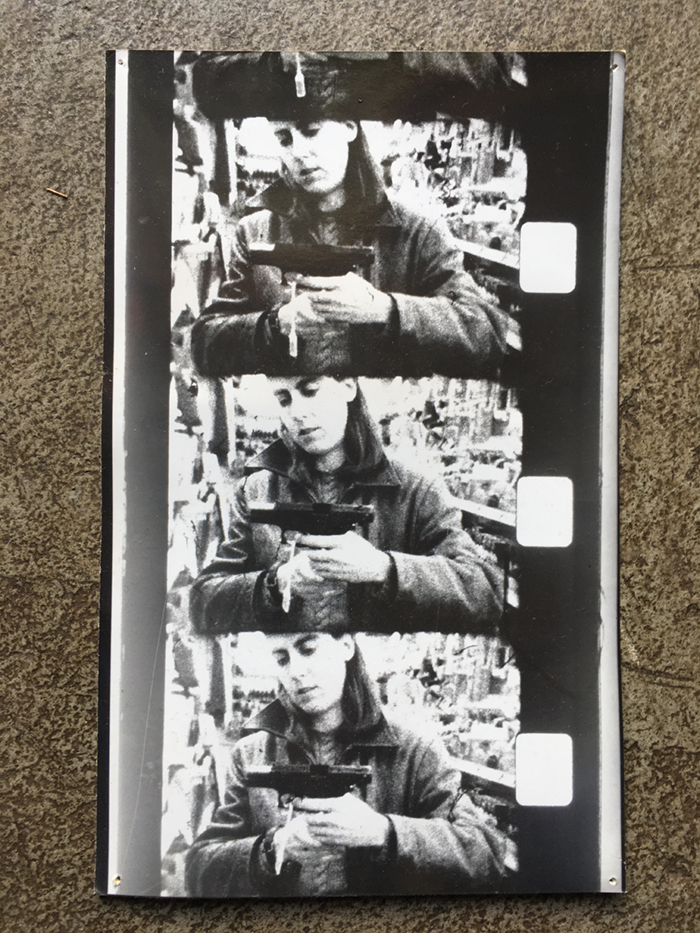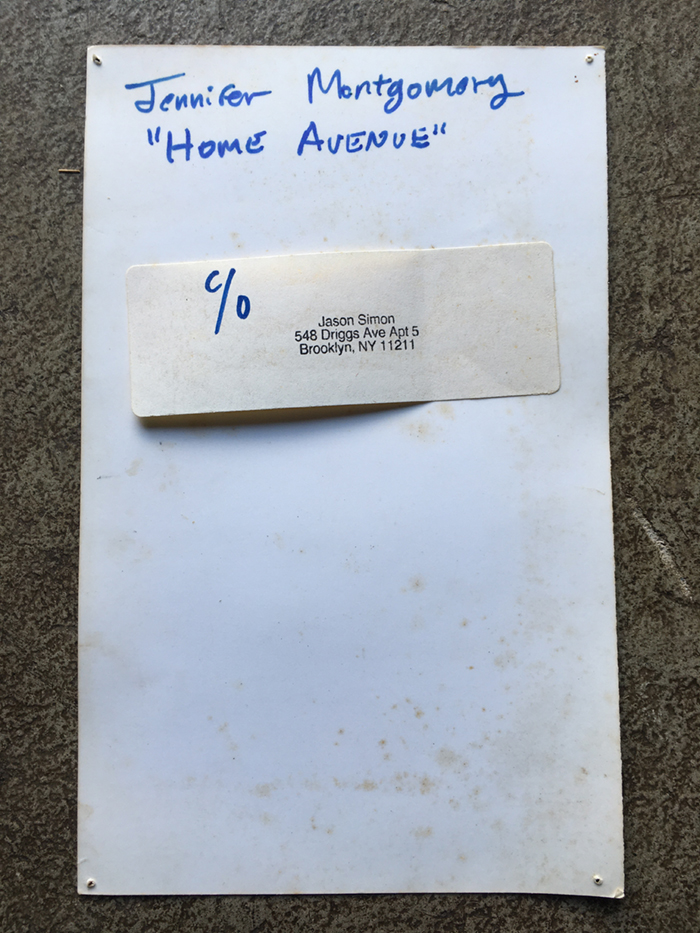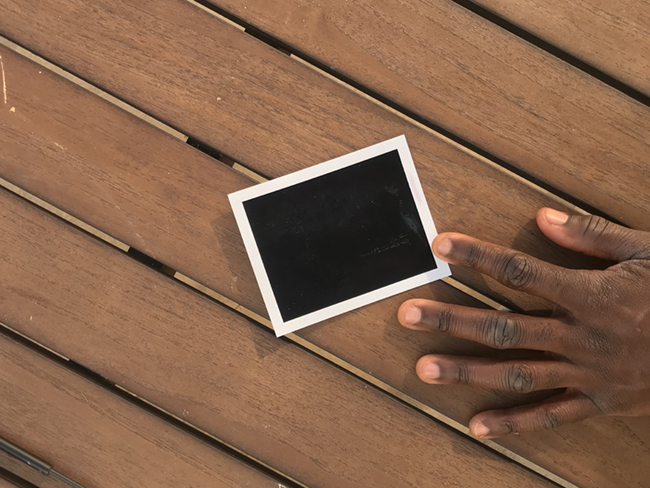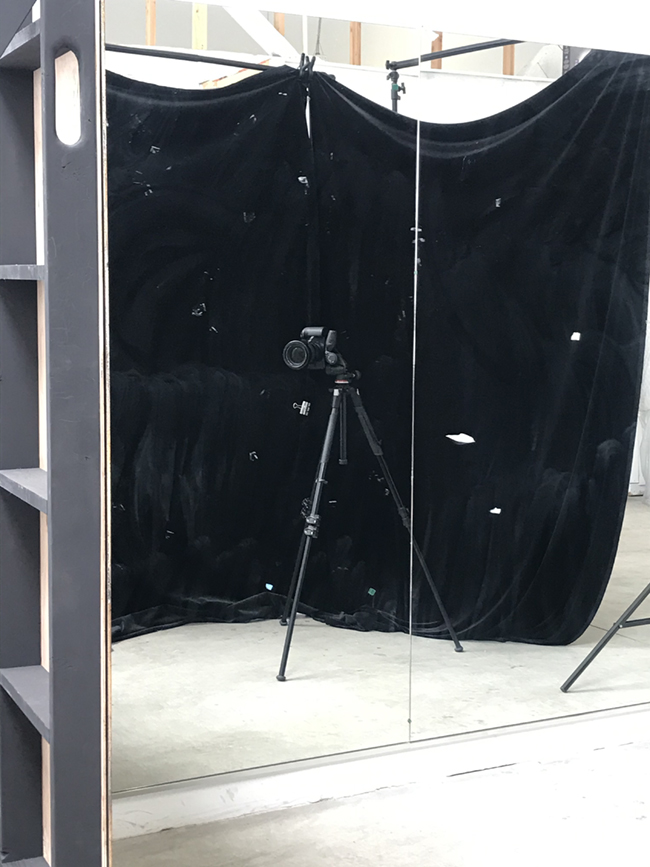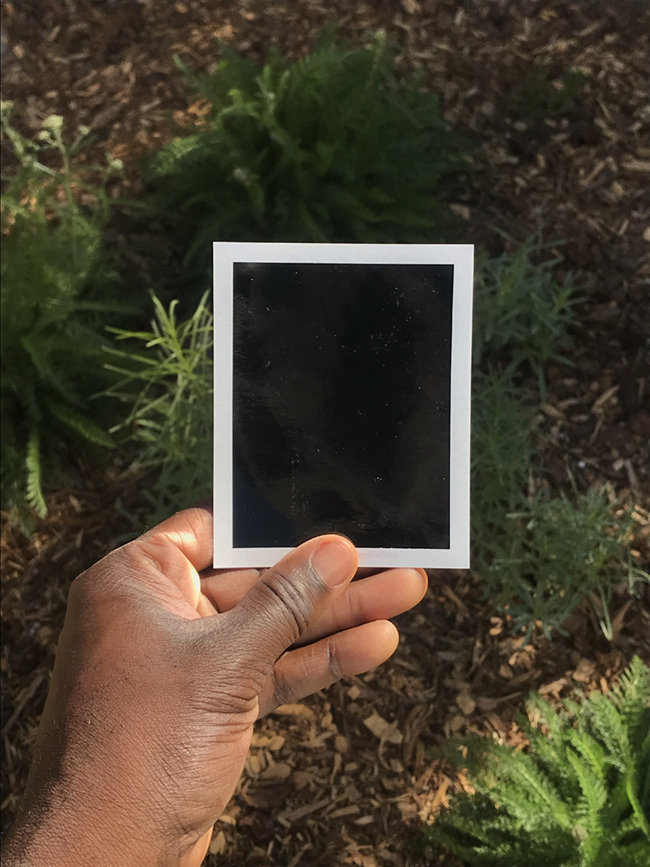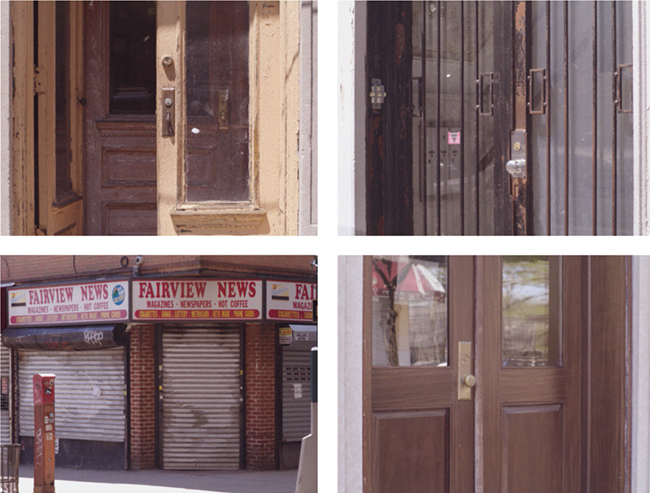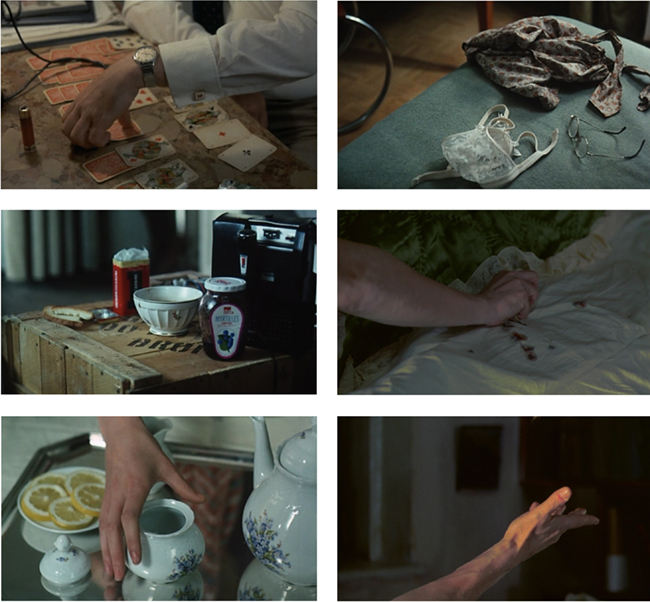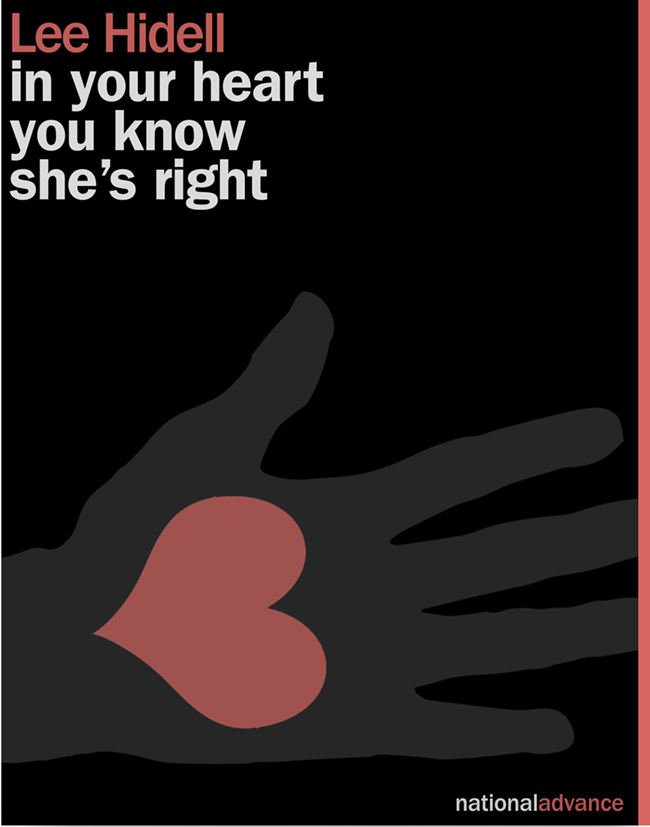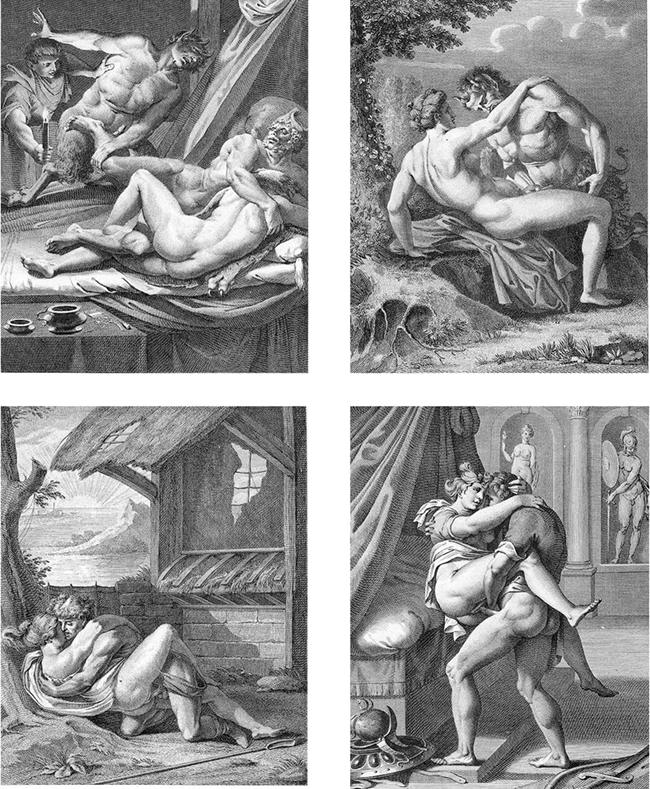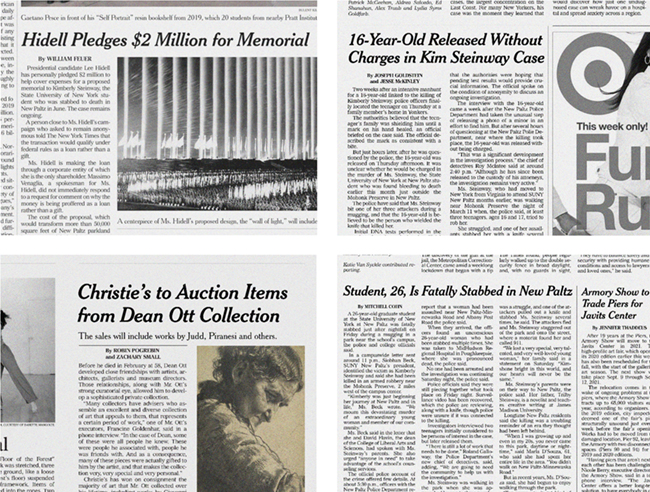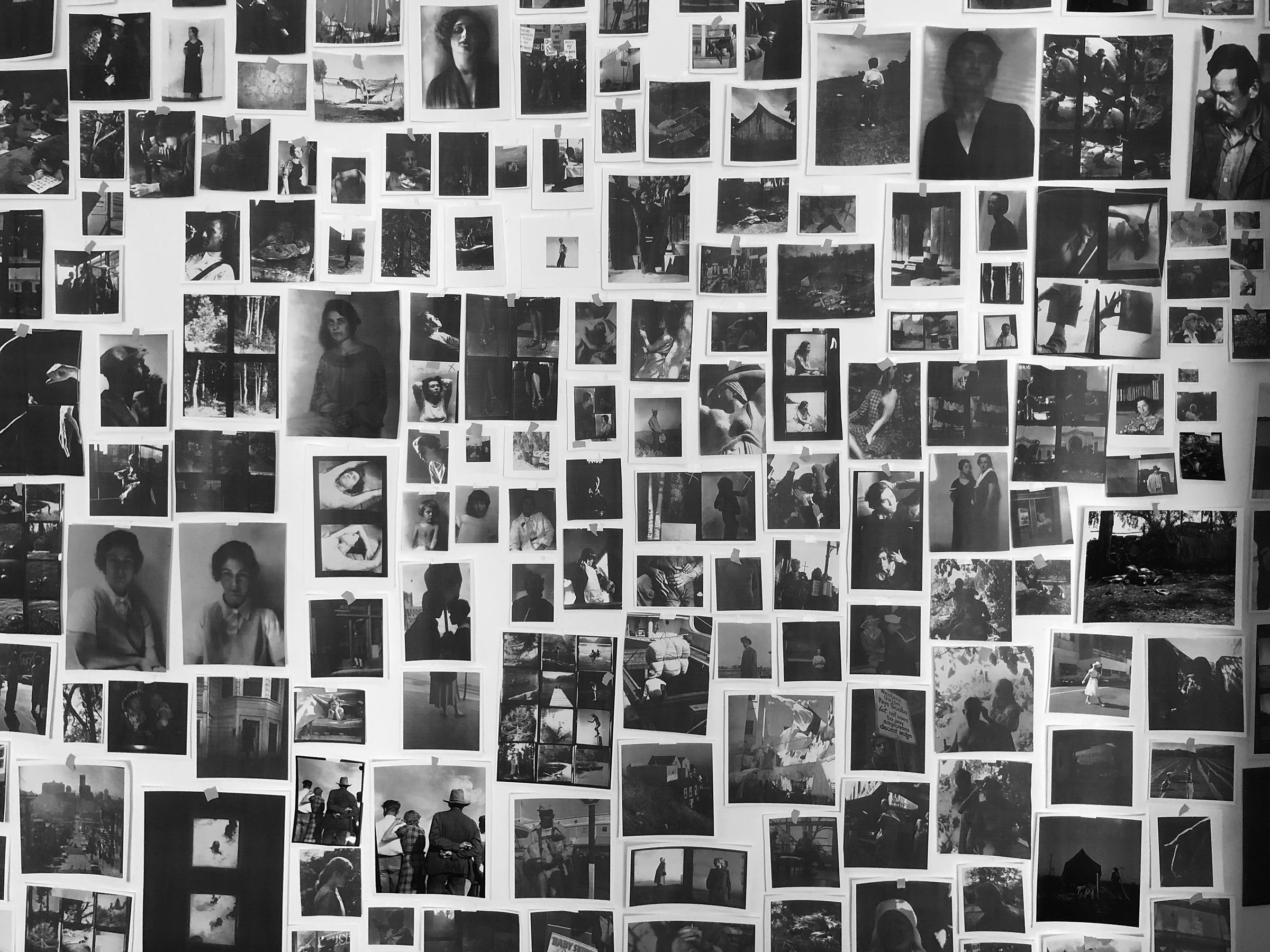BHANU KAPIL
Friday, June 26th, 2020OUTDATED NOTES FROM A SPRING NIGHT, 2019 (TORN FROM MY DIARY AND TYPED UP HERE)
The spring night folds its legs under itself, like a deer, and collapses — an elegant animal structure — into the grass.
Though darkness has fallen over the place where I live, three daffodils emit a blazing yellow light.
Can three daffodils be a vagina?
I am not sure how to count nights or stop them.
Does the sun stop night?
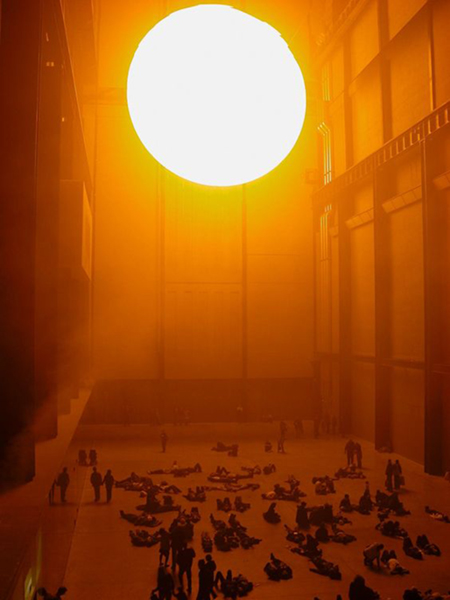
Olafur Eliasson’s turbine sun, which I once lay beneath, with others, something that seems impossible now (Spring 2020)
In India, I know my uncle is drinking a glass of water and reading the paper. He’s waiting for his bowels to start moving so that then, on an empty stomach, he can do his pranayam. Daily yoga: Coffee table pushed out of the way. A white sheet on the rug.
My dog let out a very deep sigh just then.
Unearthly.
Things I am reading on my phone:
Three rhino poachers were eaten by a pride of lions. Three pairs of shoes and one axe were all that remained.
“I walked over the crisp browned breadfruit leaves lying on the grass like curled, withered things that had once been gargantuan bats, and I had a clear vision: I was a tall woman, hair wrapped in multicolour cloth. I thought of walking into Jolly’s Pharmacy in Roseau, our capital city, and buying one of the white tubes of generic lip balm (my mum forbade me from using lip balm for many years, as she thought it too effeminate) or one of the black pressed powder compacts or even just something mundanely unisex. I imagined doing the most mundane things as a woman. Sometimes, I stood out in these visions; other times, I was an unremarkable girl lost in the tarp-flutter of a crowd.” — Gabrielle Bellot, Mal Journal.
Emails and texts.
*
Write your notes on the night’s leg.
*
I vaccinated my child. I don’t believe that vaccinations are detrimental. That said, I could not tolerate the typhoid vaccine. So I stopped. My neighbor, a homeopath, gave me an alternative product. In India, I lived in a modest, frugal and limited way.
*
Oh my god, another guttural sigh/roar from Porky.
*
For eighteen years, I taught at a Buddhist university in the United States of America. One bite of that bagel with cream cheese and lox in the basement of the Empire State Building and I never wanted to go back.
*
The yellow notebook glows in my bag like zirconium.
*
In many states in the United States of America, The Far Right is resurgent.
How many tulips will destroy it, how many cloves?
None.
*
Spring Night is closing on a bitter note and yet, at the same time, I imagine that our house is surrounded by thousands of scarlet tulips and that setting down our chai pani (the water for chai boiled with spices but no milk or tea), we chew the clove in the back of our gleaming teeth.
Glean images.
Accrue destiny’s stars.
—
Bhanu Kapil lives between the US and UK, though is currently living in Cambridge, where she has been the 2019-2020 Judith E. Wilson poetry fellow. She is the author of a number of full-length works of poetry/prose, including THE VERTICAL INTERROGATION OF STRANGERS (Kelsey Street Press, 2001), INCUBATION: A SPACE FOR MONSTERS (Leon Works, 2006/Kelsey Street Press, 2020), HUMANIMAL [A PROJECT FOR FUTURE CHILDREN] (Kelsey Street Press, 2009), SCHIZOPHRENE (Nightboat, 2011), BAN EN BANLIEUE (Nightboat, 2015), and most recently HOW TO WASH A HEART (Liverpool University Press, 2020), the summer choice of the Poetry Book Society. In 2020, Bhanu won a Windham-Campbell Prize for Poetry, and also a Cholmondeley Award from the Society of Authors, both for her body of work.

